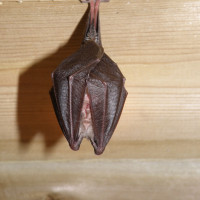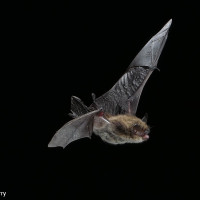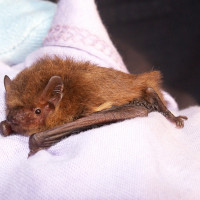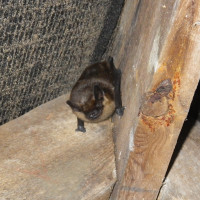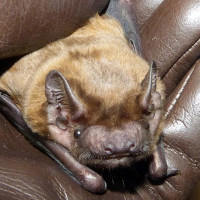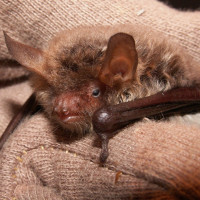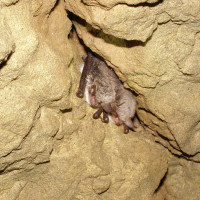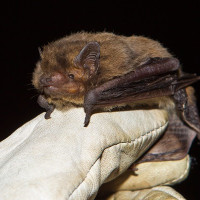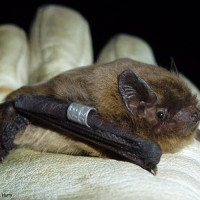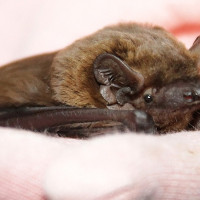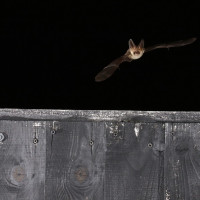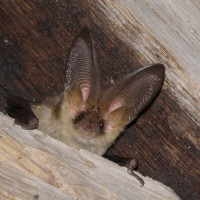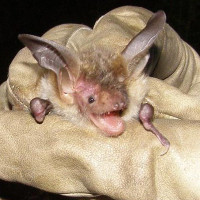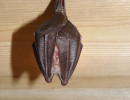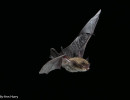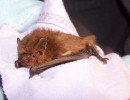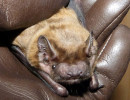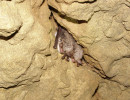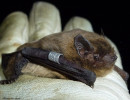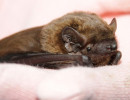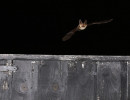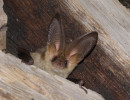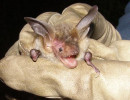Bat numbers are declining, due mainly to the loss of roosts and feeding areas and the increased use of pesticides. Kent is probably under greater pressure for change to the environment than anywhere else in Britain.
Kent Bat Group was formed in 1983 to conserve bats across the county, following a significant decline in bat populations across the UK. Since then we've been working to protect and conserve bats in Kent. This includes protection or improvement of their roosts and feeding areas.
The Group is proactive in promoting awareness of bats to the general public and to specialist groups likely to come across bats in their work.
Bat roosts
Female bats gather in maternity colonies in early summer. After giving birth in June or early July, they suckle their single young for several weeks. At this time some may roost in houses, but they do not build nests or cause damage. They normally leave in late summer, when the young can fly and hunt for food.
All British bats eat insects. As these are scarce in winter, bats seek somewhere cool and undisturbed to hibernate. In Kent they have been found using places like chalk caves, deneholes, ice houses and disused buildings. Although small numbers hang free they usually squeeze into cracks and crevices. The bat group has been involved in protection and improvement of a number of such sites.
All British bats and their roosts are protected by law. Anyone wishing to carry out work that might affect bats, including householders, should consult the Bat Conservation Trust's Helpline for advice.
Westerham Mines bat reserve
The most important hibernation site known in Kent is Westerham Mines, where six species of bat are known to hibernate. This disused ragstone mine is managed as a bat reserve by the Kent Wildlife Trust. All four entrances have been grilled to reduce disturbance to hibernating bats.




